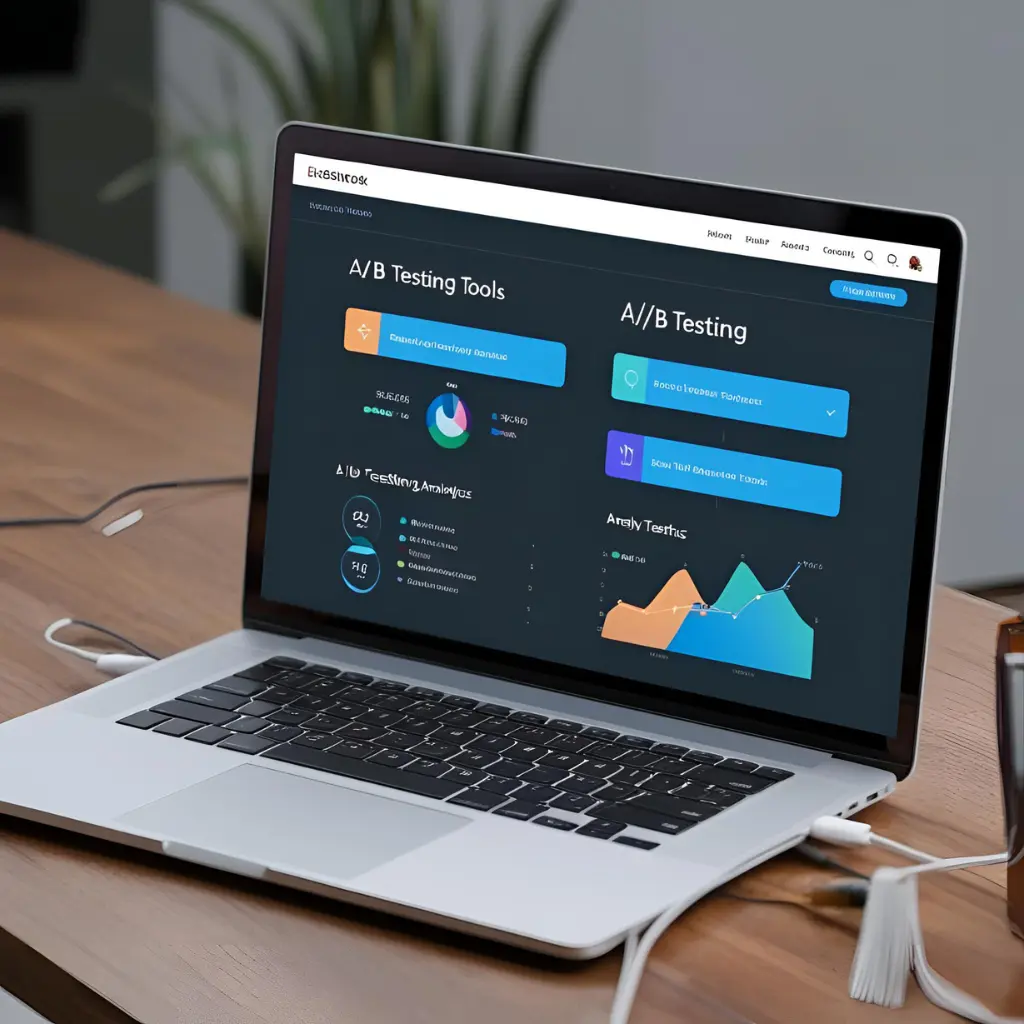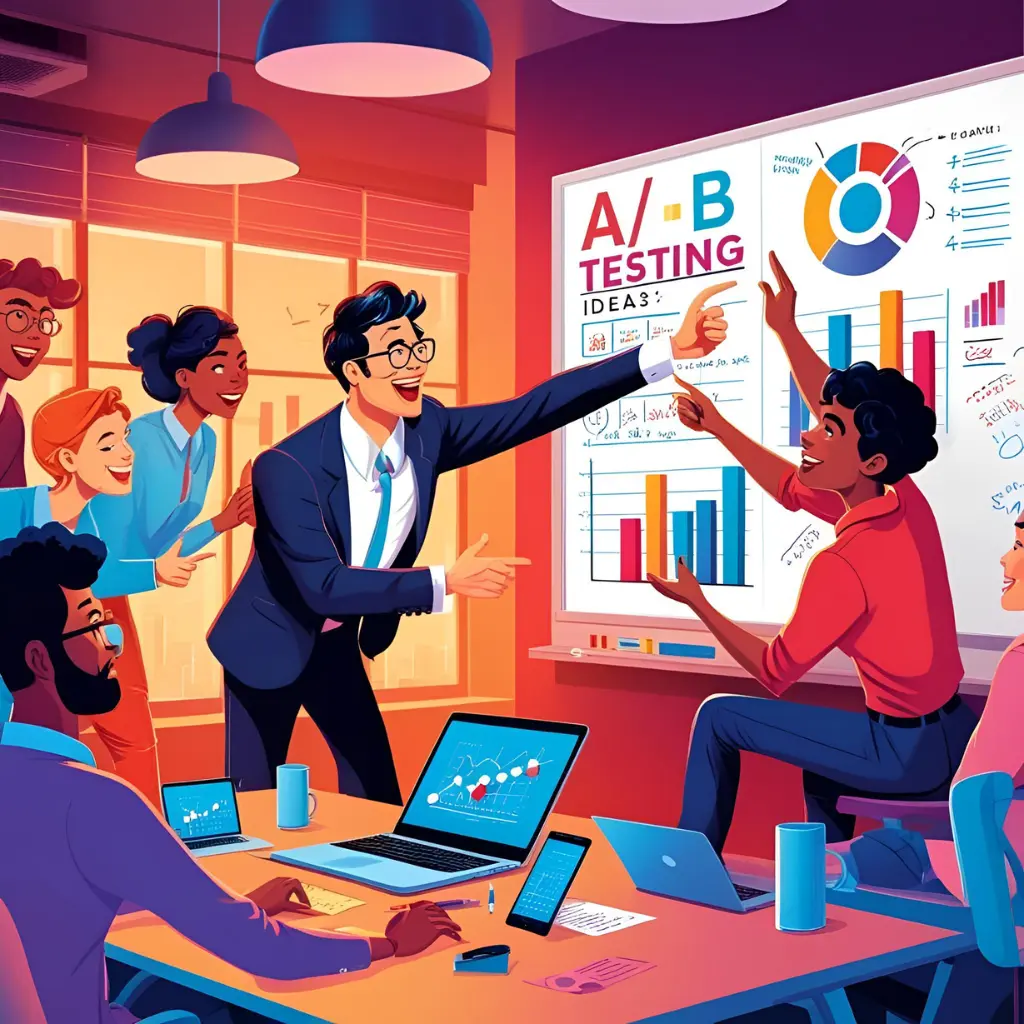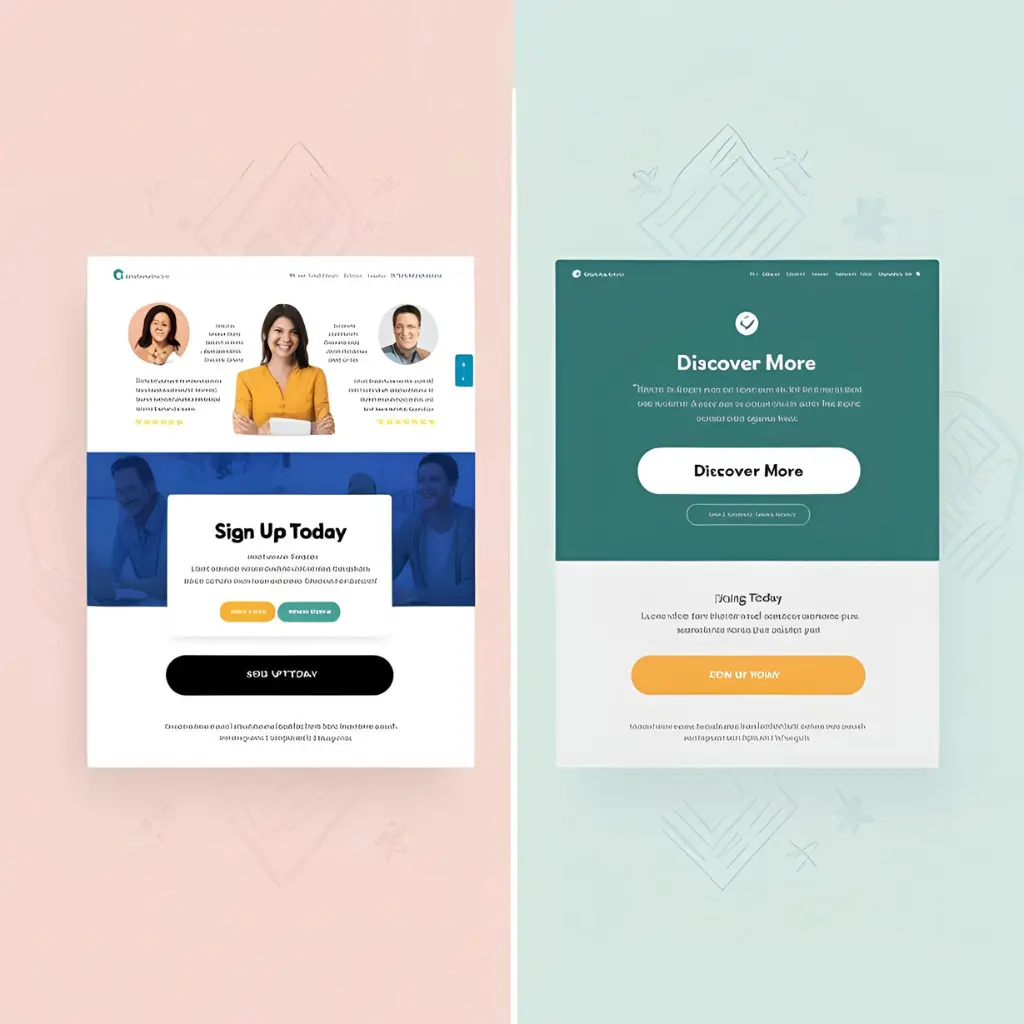The Importance of A/B Testing in Affiliate Marketing (2025)
In the world of affiliate marketing, success often comes down to the smallest details. From the color of a call-to-action (CTA) button to the wording of an email subject line, every element can impact your conversion rates. Do you have any idea about what works best? The answer lies in the A/B testing.
The A/B testing, also known as split testing, is a method of comparing two versions of a webpage, email, or ad to determine which one performs better. By testing different elements systematically, one can use data to improve their affiliate marketing performance.
This guide breaks down A/B testing—why it matters, how to do it, and the tools to get started. Whether you are just starting or experienced, it will help you improve campaigns and boost earnings.
How to Build Successful Affiliate Marketing Business
What is A/B Testing?
A/B testing involves creating two versions of a marketing asset (Version A and Version B) and testing them against each other to see which one performs better. The main goal of A/B testing is to identify the version that drives more clicks, conversions, or sales.
Why A/B Testing Matters in Affiliate Marketing?
- Improves Conversion Rates: Small changes can lead to significant improvements in performance.
- Reduces Guesswork: Instead of relying on assumptions, you can make decisions based on real data.
- Maximizes ROI: By optimizing your campaigns, you can get more out of your marketing budget.
Step 1: Identify What to Test
The first step in A/B testing is deciding what to test. Here are some common elements to consider:
- Headlines: You should try out different headlines to find the one that catches the most attention.
- CTAs: Experiment with different colors, text, and placements for your call-to-action buttons.
- Images: Test different visuals to see which ones resonate with your audience.
- Email Subject Lines: Try different subject lines to improve open rates.
- Landing Pages: Test different layouts, copy, and designs to increase conversions.
Pro Tip: Start with one element at a time to isolate the impact of each change.
Real-Life Example: John, an affiliate marketer, tested two different headlines for his blog post. The version with a question in the headline (“Want to Double Your Affiliate Earnings?”) outperformed the generic one (“Affiliate Marketing Tips”), leading to a 30% increase in clicks.
Step 2: Set Clear Goals
Set clear goals before you begin testing to stay focused and measure success effectively. What is your aim?
Common goals include:
- Increasing click-through rates (CTR)
- Boosting conversion rates
- Improving email open rates
- Reducing bounce rates
Example: If you’re testing a landing page, your goal might be to increase the number of people who click on your affiliate link.
Pro Tip: Use the SMART framework to set your goals—Specific, Measurable, Achievable, Relevant, and Time-bound.
Step 3: Create Your Variations
Once you’ve identified what to test and set your goals, it’s time to create your variations. Here’s how:
- Version A: This is your control version (the original).
- Version B: This is the variation with the changes you want to test.
Pro Tip: Use tools like Canva or Unbounce to create professional-looking variations quickly.
Real-Life Example: Sarah, a travel blogger, tested two different images on her affiliate landing page. The version with a vibrant beach photo outperformed the one with a city skyline, leading to a 15% increase in conversions.
Step 4: Run the Test
Now that your variations are ready, it’s time to run the test. Here’s how to do it effectively:
- Split Your Audience: You should divide your audience evenly into two groups.
- Set a Time Frame: Run the test for a specific period to gather enough data.
- Monitor Performance: Use analytics tools to track the performance of each version.
Pro Tip: Avoid running tests during holidays or special events, as they can distort results.
Step 5: Analyze the Results
Once the test is finished, dive into the data and evaluate the results. Here’s what to look for:
- Statistical Significance: Ensure your test results are reliable and not due to chance before making any decisions.
- Key Metrics: Compare the performance of each version based on your goals (e.g., CTR, conversion rate).
- Insights: Identify what worked and why. One can use these insights to optimize the future campaigns.
Pro Tip: Use tools like Optimizely or VWO to analyze your A/B test results.
Real-Life Example: Mike, an e-commerce affiliate, tested two different CTAs on his product page. The version with “Get 50% Off Today” outperformed “Shop Now,” leading to a 25% increase in sales.
Step 6: Implement the Winning Version
Once you’ve identified the winning version, implement it across your campaigns. Keep going—keep testing and refining to get even better results.
Real-Life Example: Emily, a fitness blogger, tested two different email subject lines. The version with “Transform Your Workout Routine” outperformed “Fitness Tips for Beginners,” leading to a 20% increase in open rates.
Common Mistakes to Avoid in A/B Testing
- Testing too many things at once can be confusing: Focus on one element to clearly see its impact.
- Overlooking Statistical Significance: Always ensure your results are meaningful and reliable before making decisions.
- Not Testing Long Enough: Give your tests enough time to gather meaningful and trustworthy data.
Pro Tip: Use a sample size calculator to determine how long your test should run.
Tools for A/B Testing in Affiliate Marketing
- Google Optimize: A free tool for running A/B tests on your website.
- Optimizely: A robust tool for conducting A/B tests and tailoring experiences through personalization.
- VWO: An all-in-one tool for A/B testing, heatmaps, and more.
- Unbounce: A landing page builder with built-in A/B testing features.
- Mailchimp: Use it to A/B test email campaigns.
Advanced A/B Testing Strategies
- Multivariate Testing: Experiment with several elements at the same time to see how they work together.
- Segmented Testing: Test different variations on specific audience segments (e.g., new vs. returning visitors).
- Continuous Testing: Make A/B testing a regular part of your marketing strategy to stay ahead of the competition.
Real-Life Example: A tech affiliate used multivariate testing to optimize their landing page. By testing headlines, images, and CTAs simultaneously, they increased conversions by 40%.
Real-Life Success Stories
Case Study 1: An affiliate marketer increased their email open rates by 15% by testing different subject lines.
Case Study 2: A blogger boosted their affiliate link clicks by 25% by testing different CTA button colors.
Final Thoughts
A/B testing is a powerful tool for optimizing your affiliate marketing campaigns. Test different elements to make smarter choices and improve results. Success comes from constantly testing and refining.




